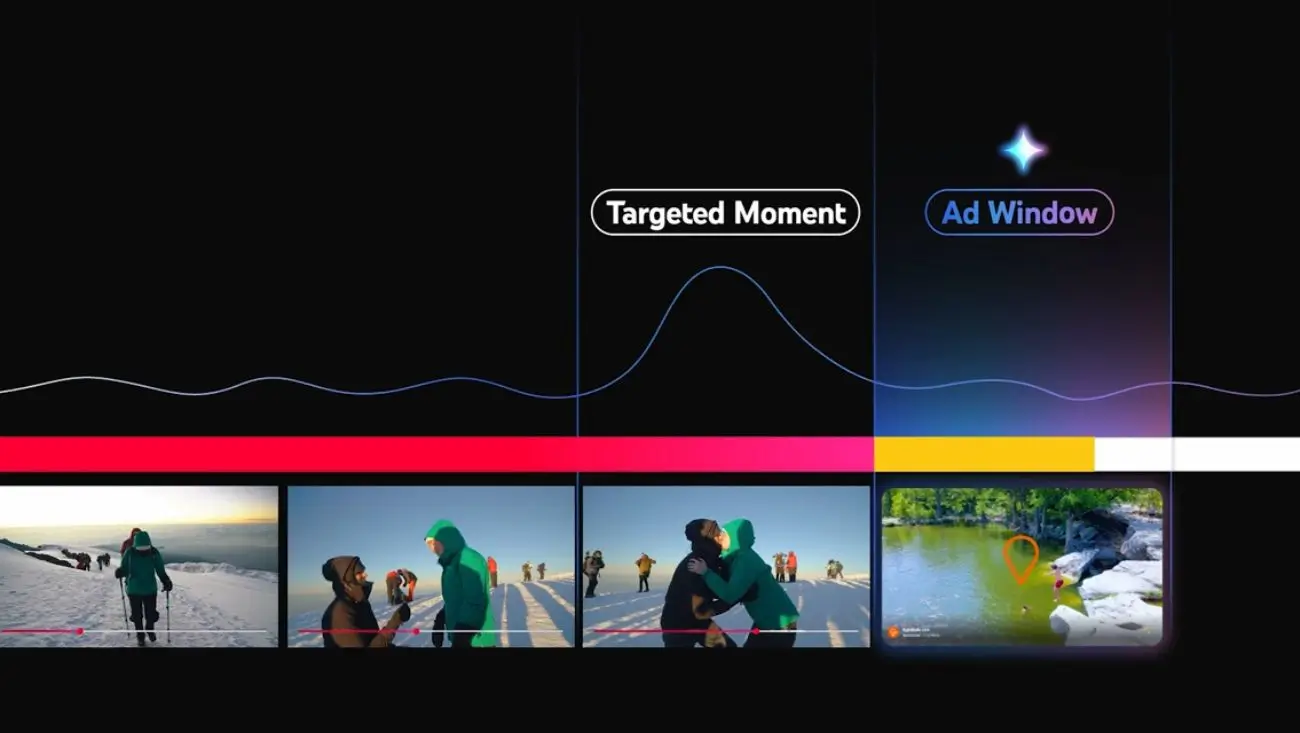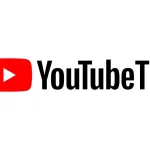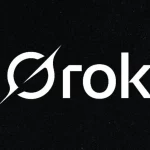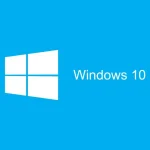The new YouTube AI ads strategy, detailed by YouTube at its annual Brandcast event, signals a deeper integration of artificial intelligence into its advertising ecosystem. A key announcement is the introduction of “Peak Points” in advertising, where AI will identify moments of high viewer engagement within videos to dynamically insert ad breaks. This approach, powered by Google’s Gemini AI, is intended to make advertisements more contextually relevant and potentially less intrusive than traditionally scheduled mid-roll ads, though it also raises questions about viewer experience.
This move towards more sophisticated YouTube AI ads reflects YouTube’s ongoing efforts to innovate its advertising products and provide more value to brands. By utilizing AI to understand content nuances and viewer attention patterns, YouTube aims to deliver ads at junctures where they are most likely to be noticed and be effective. This is particularly targeted at the rapidly growing Connected TV (CTV) audience and the burgeoning Shorts platform.
Technical Aspects of YouTube AI Ads and Gemini Integration
The “Peak Points” initiative represents a significant technical undertaking for YouTube AI ads. It requires AI models capable of:
- Content Understanding: Analyzing video content (visuals, audio, transcript) to identify semantic cues and emotional arcs that correlate with heightened viewer engagement.
- Engagement Prediction: Predicting moments where viewers are most likely to be receptive or attentive, based on learned patterns from vast amounts of viewing data.
- Dynamic Ad Insertion: Seamlessly inserting ad pods at these algorithmically determined points without causing undue disruption to the viewing flow. This differs from fixed pre-roll, mid-roll, or end-roll ad placements.
Google’s Gemini AI is expected to play a crucial role in enhancing these YouTube AI ads. Gemini’s multimodal capabilities can process and understand different types of information (video, audio, text) simultaneously, which could lead to more accurate identification of “peak moments” and better contextual ad matching. Furthermore, Gemini may be leveraged to help advertisers create more engaging and potentially interactive ad creatives tailored for these specific placements. The use of advanced AI models for content understanding and generation is becoming common, as seen with OpenAI’s latest GPT-4.1 model.
Beyond “Peak Points,” YouTube also highlighted other AI-driven ad solutions at Brandcast 2025. These include tools to help advertisers optimize their campaigns, measure ad effectiveness more accurately across different screens (especially CTV), and potentially new creative formats that leverage generative AI. The overarching goal is to create a more intelligent and responsive advertising platform. This aligns with broader industry trends where AI is used to personalize experiences, though ethical considerations, such as those highlighted by Google’s new AI accessibility features that prioritize user control, remain important.
The deployment of these YouTube AI ads also has implications for YouTube’s content monetization strategy. By offering more sophisticated and potentially more effective ad products, YouTube can attract higher advertising revenue. This is vital as the platform continues to invest heavily in content and creator support. However, the introduction of ads at “peak moments” could also be perceived by users as more intrusive, potentially impacting viewer satisfaction if not implemented carefully. There’s a delicate balance to strike between maximizing ad revenue and maintaining a positive user experience, a challenge faced by many ad-supported platforms, including streaming services like Netflix with its growing ad tier.
From a technical standpoint, ensuring these YouTube AI ads are delivered seamlessly, without errors, and with accurate contextual relevance across billions of videos is a massive engineering challenge. It also requires robust systems to prevent AI from misinterpreting content or placing ads in inappropriate contexts, a constant concern in programmatic advertising. The potential for AI bias in identifying “peak moments” or targeting ads also needs careful consideration and mitigation. Similar concerns about AI bias and unintended consequences have been raised in other contexts, such as the controversies surrounding some AI chatbot responses.
The move towards more AI-driven advertising on YouTube is an inevitable evolution given Google’s deep expertise in AI. For advertisers, it promises more sophisticated tools and potentially better ROI. For users, the impact will depend heavily on the execution – whether these AI-powered ads genuinely feel more relevant and less disruptive, or simply more pervasive. As AI continues to transform various industries, from scientific discovery with Meta AI Science to creative fields like filmmaking, its application in advertising will undoubtedly continue to evolve rapidly.







